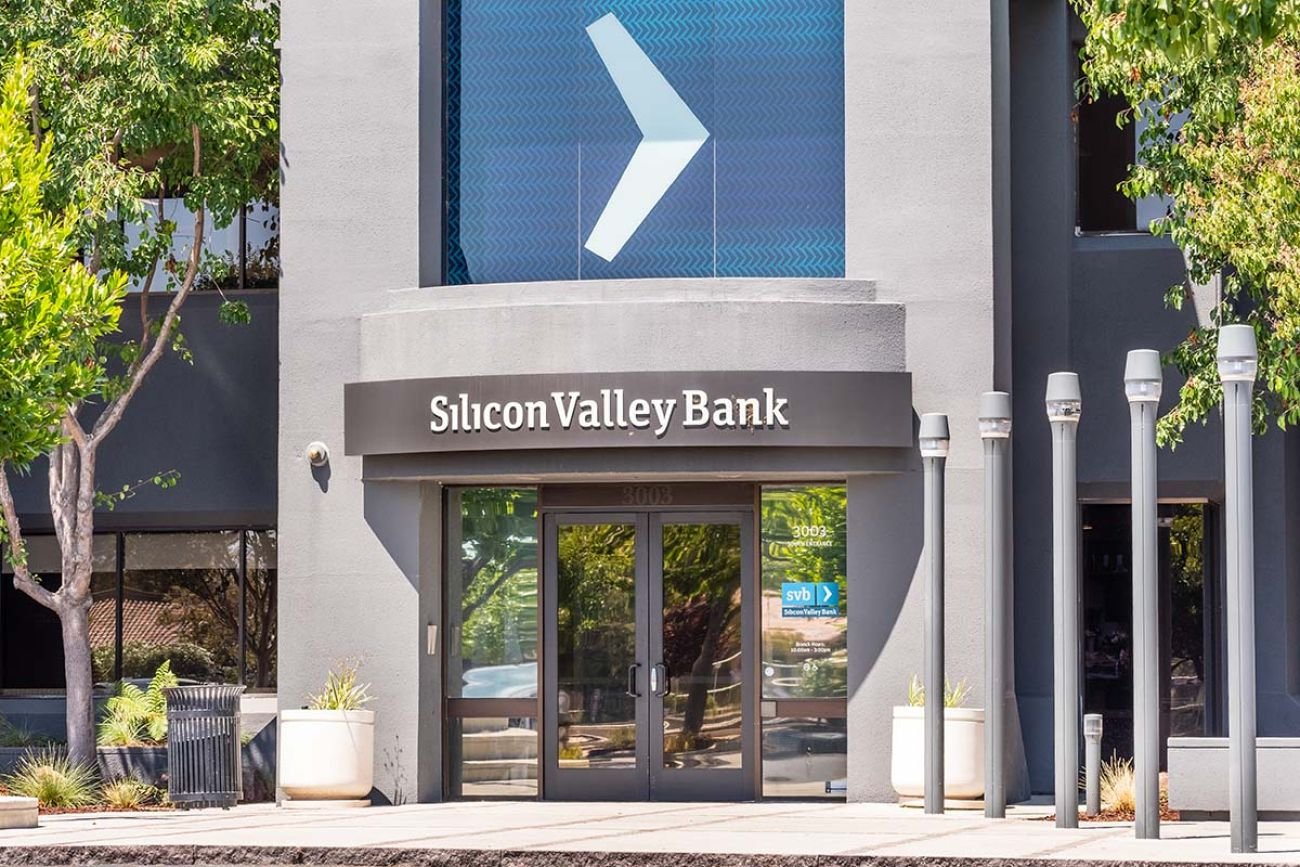Lessons Learned from A Bank Collapse - Building Resilient Financial Models
What would you do if you went to withdraw funds from the bank, and found all your savings were gone? For any one, this would be a devastating scenario. For Holos Communities, it became reality on March 10, 2023, when we logged into our online bank accounts from Silicon Valley Bank (SVB) and found them all frozen. Not much later, we heard the news that SVB had collapsed.
To put matters into perspective, the collapse meant that all of our funds in Holos accounts, totaling to millions of dollars, was inaccessible and the only funds we could count on being there was roughly one month’s expenses for us. We also had a number of smaller project accounts impacted as well, threatening their construction completion timelines and ability to secure financing.
Overnight we went from being a model of a stable nonprofit with a healthy balance sheet and a reserve with nearly 8 months of operating expenses to unsure how to meet payroll, let alone some of the larger financial obligations we have as a housing developer. We immediately started exploring options for what to do, and how to ensure that we could continue with our people and pipeline, regardless of what happened. For a good portion of the team, it felt like 10 years happened over the course of 48 hours!
“To put matters into perspective, the collapse meant that all of our funds in Holos accounts, totaling to millions of dollars, was inaccessible and the only funds we could count on being there was roughly one month’s expenses for us.”
Fortunately, we heard the news on March 12 that all depositors would have access to the funds stored at SVB Bank, and we, along with many other nonprofits and small businesses (as well as the tech giants you hear about in the news) who banked with them, breathed a sigh of relief. However, there were several lessons that we learned from this experience, and that can be applicable to nonprofit housing developers across the board as well as other nonprofits.
Like many nonprofits, we operate with cash reserves on hand. That reserve has given us peace of mind to know that if everything falls apart, we have at least 8 months of operating expenses to keep paying staff while we weather a crisis, but now it was gone in a moment. Had we not had the guarantee that we’d be able to access our funds, that money would have been unusable for payroll, paying vendors and other critical functions – a potential crisis that other nonprofits faced as well, including several in the affordable housing space in California and across the country. The loss of that security was a wake up call to be more strategic in how we handle our reserves and all our accounts.
We were lucky enough to have some equity that we could tap into had we not been able to access our funds as quickly as we were. We had purchased some additional business spaces near our offices a month prior to the banking crisis, and while we didn’t need to sell it to create funds in this case, that was an option. Essentially, we had equity that we could use on a rainy day – had we not purchased that building, the money could’ve been lost.
We also spent that weekend learning quite a bit about lines of credit that could enable us to meet the high liquidity requirements needed to guarantee financing for housing development.
One of the largest takeaways is to plan for these contingencies. As a result of the crisis, we’re developing a Financial Resiliency Plan that emphasized diversification across asset types and banks. This crisis was a wake-up call – we could’ve been in a tougher situation, and humbly recognize the need for these strategies.
In hindsight we learned a lot about who were we trusting. The systems that were supposed to be in place to safeguard us weren’t sufficient and we learned about the necessity of creating our own backup systems to weather crises like this one. Diversification needs to be more than putting your money in the bank, it means investing in real estate and having accessible lines of credit at any moment in time, having money in different banks, even if they’re FDIC insured.
Additionally, we’re looking at how we can reduce costs for operations through our sustainability initiatives. Improvements to our properties, such as solar panels, greywater systems and drought-tolerant landscaping, not only improve the lives of residents and increase climate resiliency, but they also lower costs for our operations, meaning more savings.
This crisis taught us several lessons that we’ll continue to implement, and reinforced the importance of planning for economic resiliency going forward. We’re fortunate to have a strong team and board that worked cohesively to figure everything out throughout the uncertainty we encountered.
Logan O’Phelan
Logan O’Phelan is the Director of Operations for Holos Communities, overseeing the sustainable growth of the organization, including doubling the number of staff and net assets and purchasing Holos Communities’s own office, and overseeing getting that office fully self-sustaining with solar and batteries.
You can read Logan’s full bio here.


